Wolves are back in Europe
and
an American tale of the wolves' return!
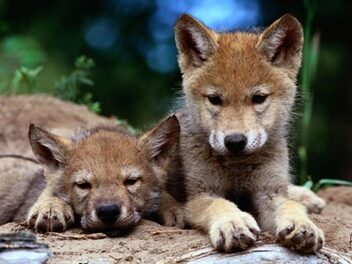
The wolves have been seen once in a while for over two years in this region, but now there are two adorable pups, a sign that the parents feel confident there, so they can raise a family. In the article it was mentioned that the farmers around the “Wolf Region” could apply for funds from the German Government to erect electric fences to protect their livestock. It is a very encouraging sign that Germany is determined to make this change work, which may very well change the ecology for the better!
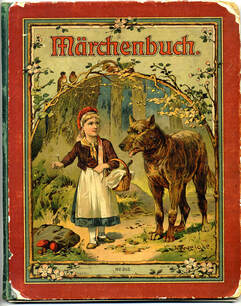
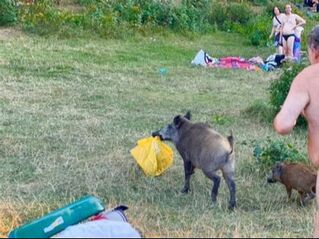
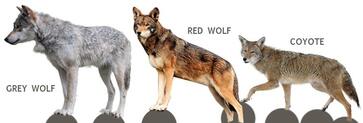
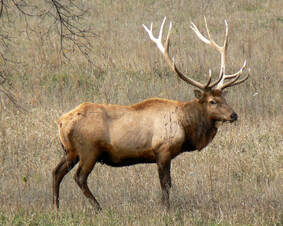
Beavers disappeared. As the elk loved the juicy grass and sprouting trees along the riverbanks, the beavers could no longer get the trees to build their dens and dams, or the bark which is also part of their diet. So the beavers left. Even birds were leaving along with their raptors, because the trees disappeared. As the elk population soared, they browsed away the vegetation that held the river banks stable, causing more erosion and soil loss. The whole appearance of the valleys changed and was made into an ecological desert, with only a fraction of the plant and animal species The stagnant, unmoving large herds of elk in the valleys browsed away all the diverse species of plants that supported other animals. After 70 wolf-less years, the park had completely changed in appearance as well as diversity. Yellowstone Park took notice and wanted Yellowstone to be how it used to be.
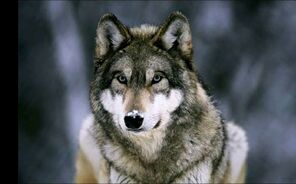
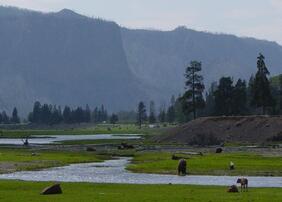
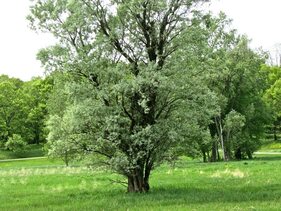
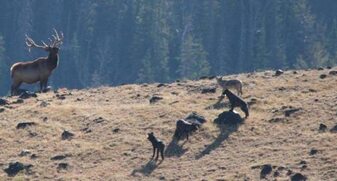
Without the wolves to control them, the coyote population exploded. Now, with the wolves back and the coyotes moving on to less dangerous territories, rabbits, voles and mice have returned in greater numbers, which has increased the numbers of foxes, weasels, badgers, owls and hawks.
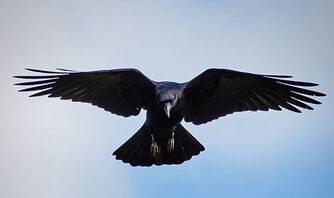
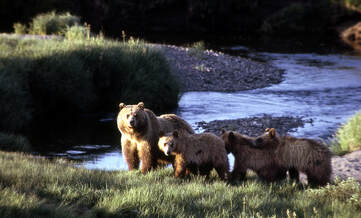
Our forests are much less diverse as less prevalent tree species and berry bushes are quickly browsed out before they can get established, by our exploded whitetail, and mule deer populations. Here in the northeast, this is easily evident when looking at the woods. Next time you are driving down a road bordered by stands of trees, you will most likely see a distinct ‘browse line’. It appears as if someone has neatly clipped all the leaves from the tree branches at a uniform height of about four feet above the ground. This is clear evidence that there are too many deer around and they are likely eating any seedlings on the ground before they can grow tall enough to escape the hungry mouths.
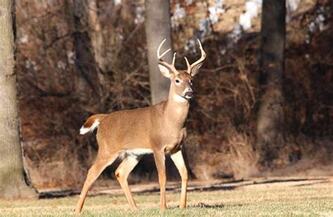
In America, locals were actively financially incentivized with cash bounties and open seasons to rid the landscape of our apex predators. In Germany, at least it would seem that by giving cash and practical alternatives to locals to coexist with the returning wolves, they seem to be going in the right direction.
How the local fauna and flora will change in Europe if the wolves reestablish their place in the ecosystem and re-balance the plants and animals, will be a fascinating thing to watch!
Will the wild boars be reined in, in some manner, and will we lose their destructive habits? Will indigenous trees and shrubs come back, that formerly flourished? Will we get a greater diversity of plants in the forests and animals returning as a result?
We eagerly wait to see how this approach changes the flora and fauna in Europe as the wolves return. The comparison will be amazing!
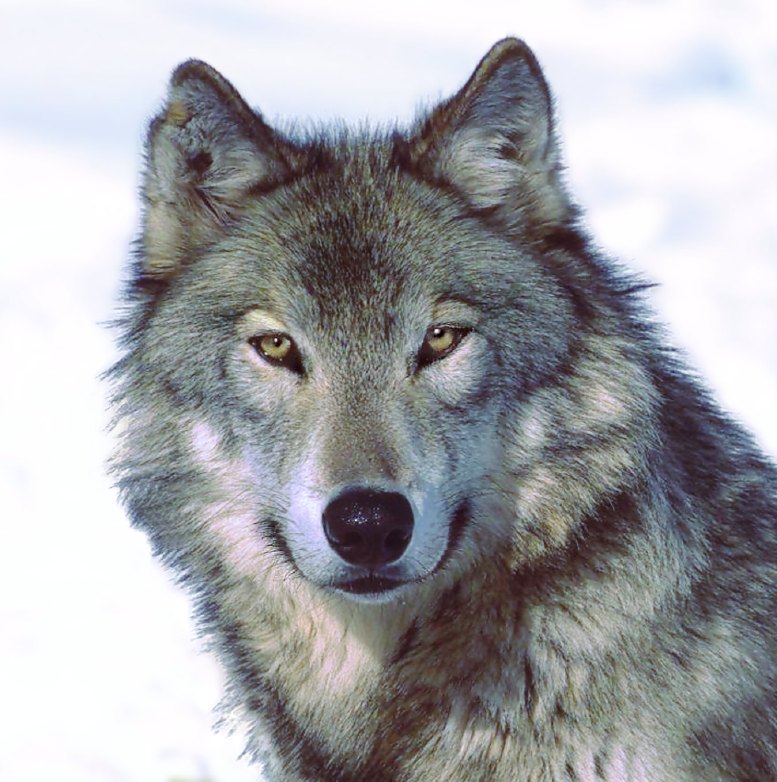
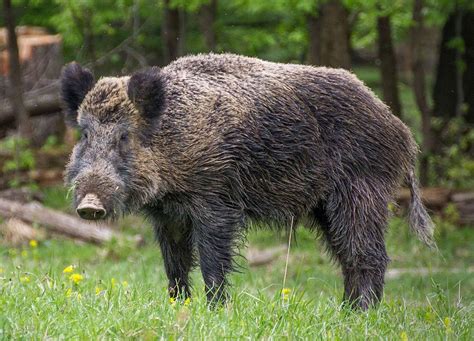
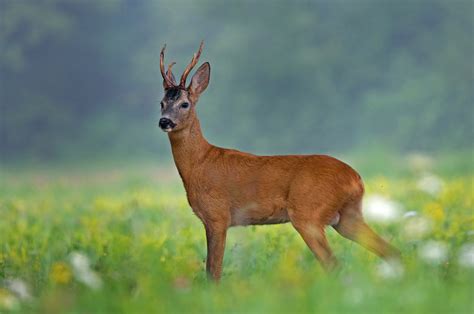
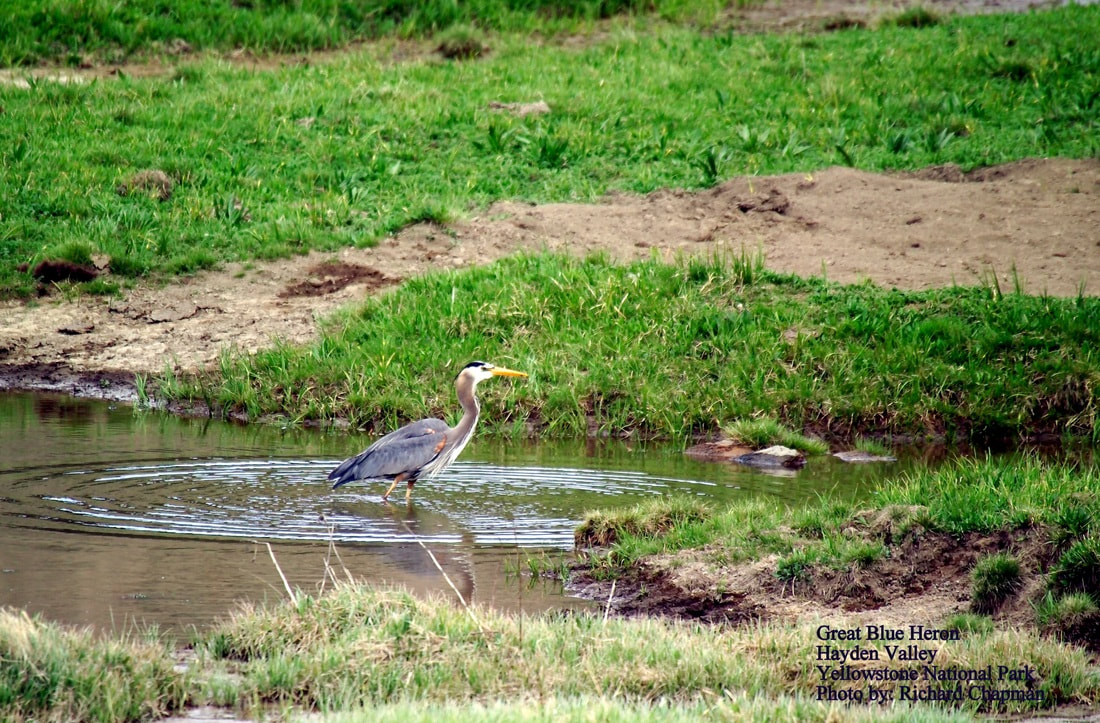

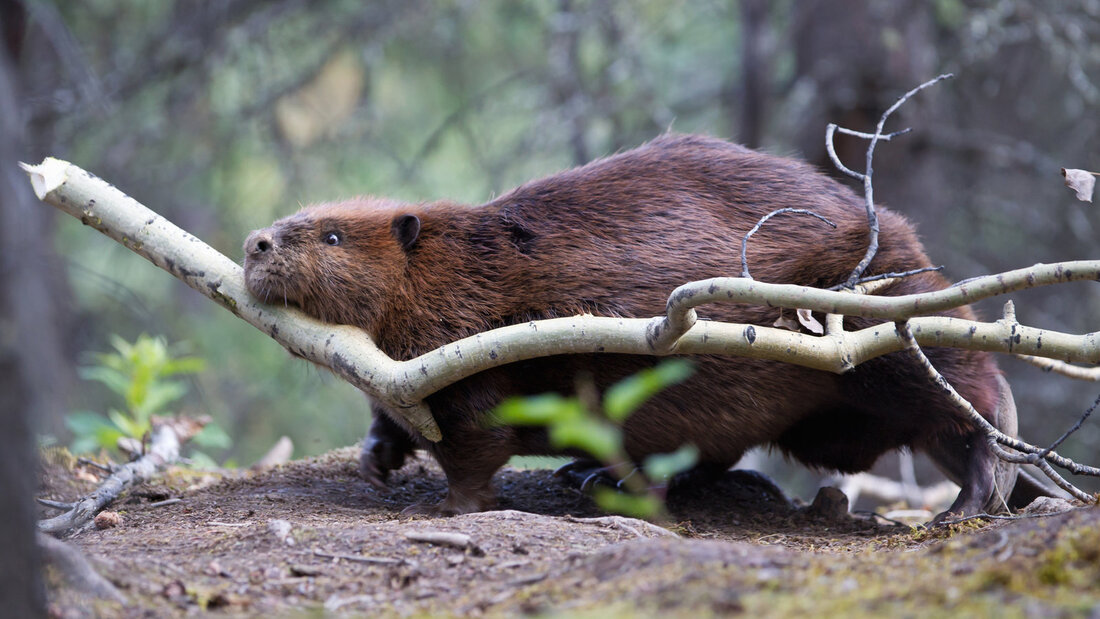
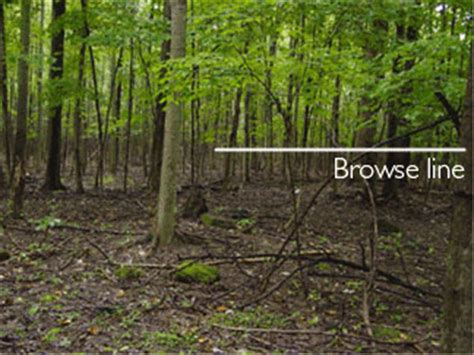
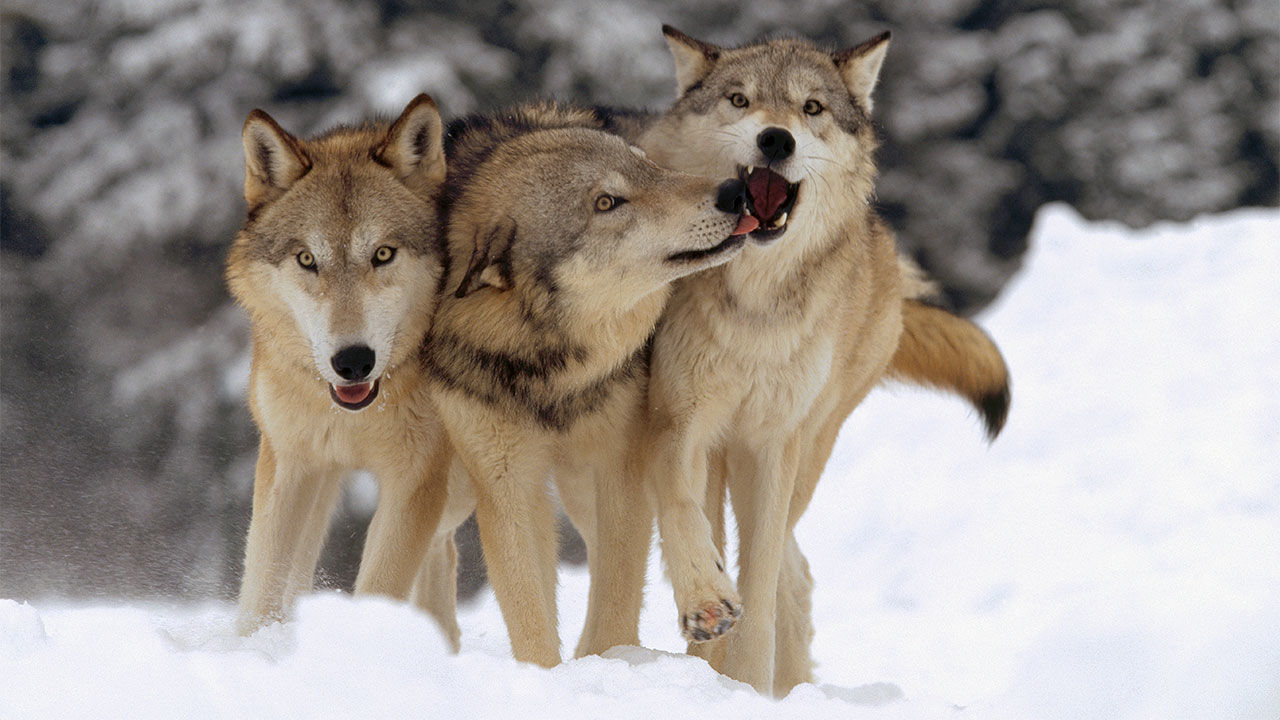
 RSS Feed
RSS Feed